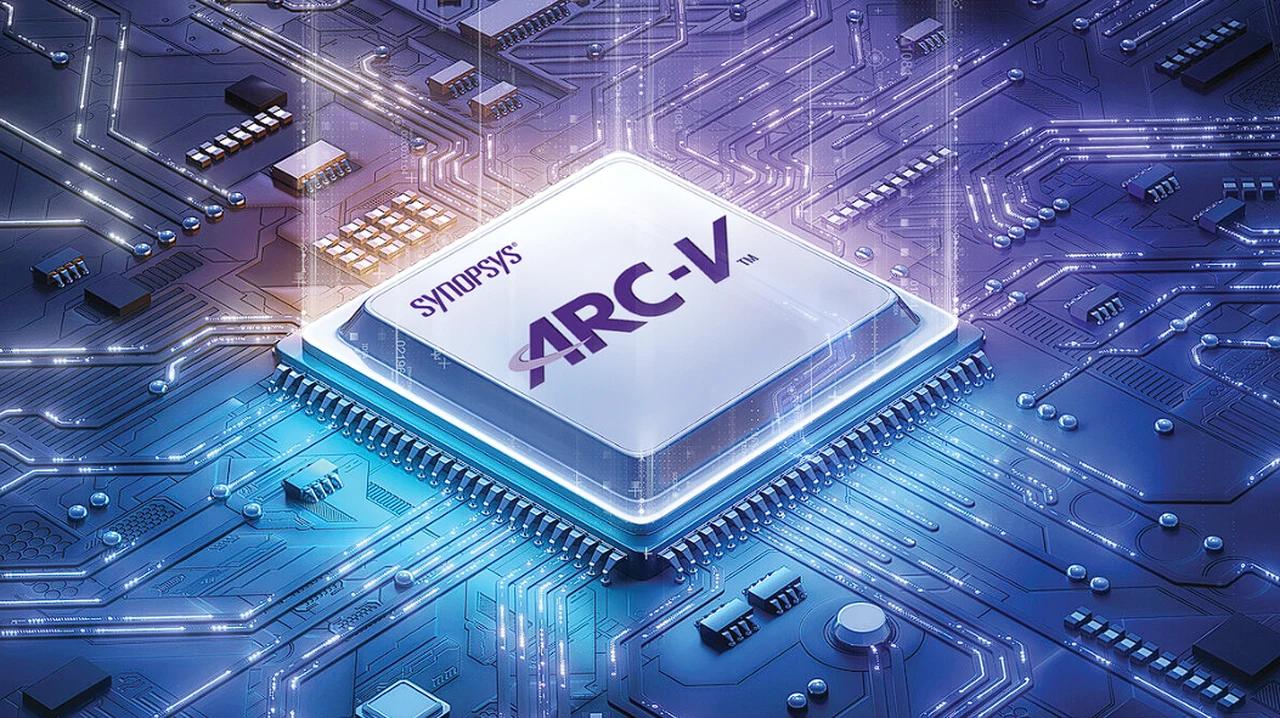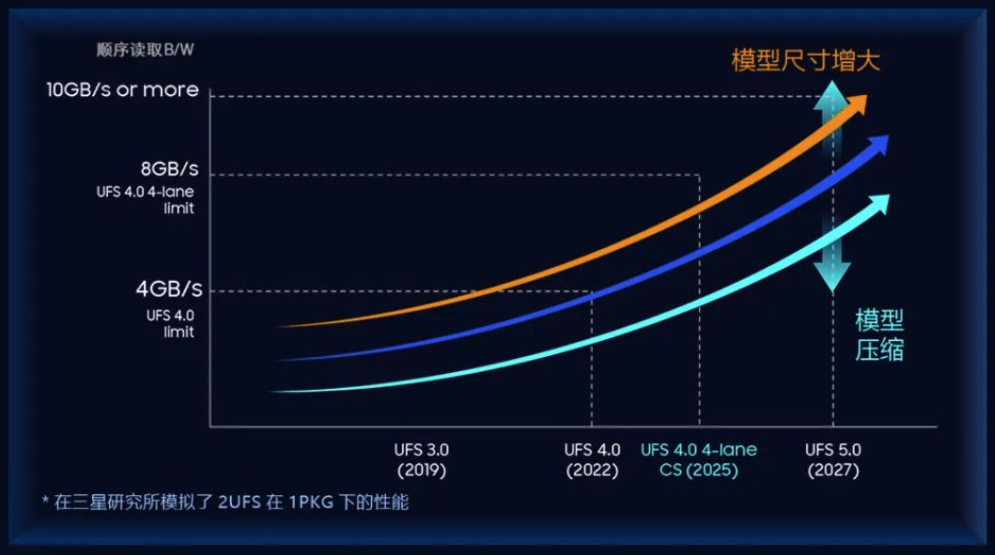
If you’re closely following the semiconductor space, you will be pleased to know that Synopsys, Inc. has made a significant announcement this week. With the introduction of the new RISC-V ARC-V Processor IP, a move set to empower customers with a gamut of processor choices tailored for optimal power-performance efficiency across various applications.
For the uninitiated, RISC-V is an open standard for processors that’s been gaining traction in the tech world, thanks to its flexibility and community-driven development. Synopsys’ foray into this area isn’t a simple step but a giant leap, building upon its decades-long prowess in processor IP and software toolkit development. The ARC-V Processor IP is the company’s existing ARC Processors’ latest incarnation, only supercharged with the perks of the RISC-V’s burgeoning software ecosystem.
RISC-V ARC-V processor IP
Other articles you may find of interest on the subject of RISC-V :
Here’s what sets the ARC-V Processor IP apart:
- High-performance, mid-range, and ultra-low power options: Tailor your chip’s energy consumption and processing power to your application’s demands.
- Functional safety versions: These are designed to meet the rigorous demands of applications requiring a high level of reliability, such as automotive systems.
- Synopsys MetaWare Development Toolkit: This toolkit stands out for producing highly efficient code, crucial for getting the most out of the processors.
- Synopsys.ai: Integrated with the EDA suite, this offering is co-optimized with ARC-V Processor IP to streamline development and verification, enhancing productivity and results.
Industry experts and market leaders have already voiced their support for this innovation. Thomas Boehm from Infineon highlighted the importance of resilience in the automotive chip market and welcomed the addition of safety-certified RISC-V based processor IP. Similarly, Calista Redmond of RISC-V International lauded the move, noting Synopsys’ contribution to the flexibility and choice in the semiconductor ecosystem.
“The increasing numbers of chips in automotive systems demand resilience in the semiconductor ecosystem, and to that end the industry is pushing for the adoption of open standards like RISC-V,” said Thomas Boehm, senior vice president, Automotive Microcontroller at Infineon. “By developing safety-certified RISC-V based processor IP, Synopsys is supporting us to expand the architecture choices with an open standard to build high-performance automotive systems with the highest levels of functional safety, and we look forward to continuing to partner with them in our future products.”
Synopsys isn’t just about processor IP; its portfolio is a testimony to its ability to deliver power-efficient, scalable processors, already a staple in countless automotive, storage, and IoT systems. The ARC-V IP capitalizes on this legacy, offering ultra-configurable, extensible processors that allow developers to fine-tune their SoCs for the optimal balance of power, performance, and area (PPA).
The company’s commitment to RISC-V doesn’t end with product development. They’re actively participating in shaping the future of computing as part of the RISC-V International Board of Directors and Technical Steering Committee.
As for the nitty-gritty details, the ARC-V Processor IP lineup is quite robust:
- Functional Safety (FS) Processor IP: Comes with integrated hardware safety features, supporting ASIL B and D safety levels, and facilitating automotive safety and cybersecurity qualifications.
- ISO 9001-certified Quality Management System (QMS): Assures that the development standards meet the stringent ASIL D criteria.
If you are wondering how Synopsys supports the design and verification of SoCs using this new IP, look no further. Their portfolio includes Synopsys.ai, Fusion QuickStart Implementation Kits, and a suite of verification solutions that provide a comprehensive environment for system-level analysis, power and performance optimization, and accelerated software development.
The grand unveiling of the Synopsys ARC-V Processor IP portfolio has stirred the industry, with general availability kicking off in 2024. The lineup includes the 32-bit Synopsys ARC-V RMX, the 32-bit ARC-V RHX, and the 64-bit ARC-V RPX, catering to embedded, real-time, and host processing needs, respectively.
As we wrap up this exploration into Synopsys’ latest offering, it’s clear that the company is positioning itself as a key player in the RISC-V landscape. With these developments, Synopsys not only promises to deliver robust processor solutions but also signals its commitment to the open-source ecosystem, paving the way for innovation and choice in chip design.
Source: Synopsys
Filed Under: Hardware, Technology News, Top News
Latest timeswonderful Deals
Disclosure: Some of our articles include affiliate links. If you buy something through one of these links, timeswonderful may earn an affiliate commission. Learn about our Disclosure Policy.



